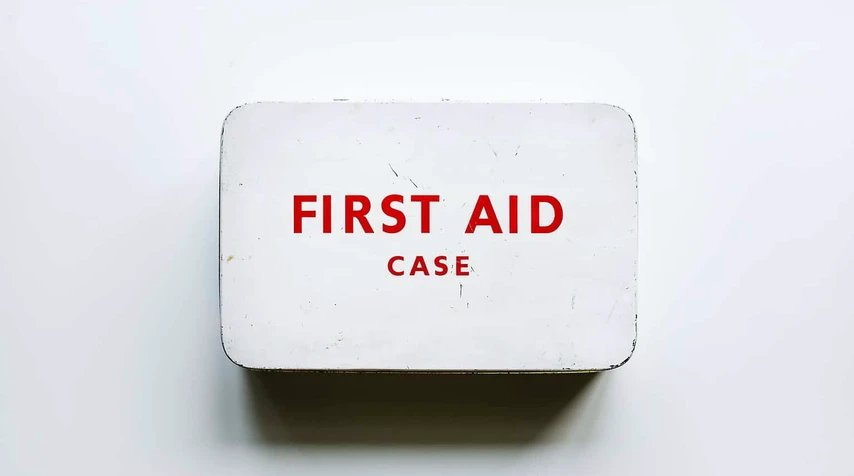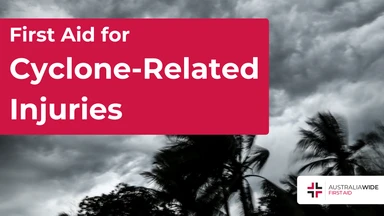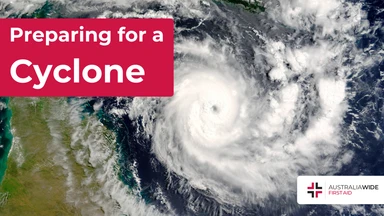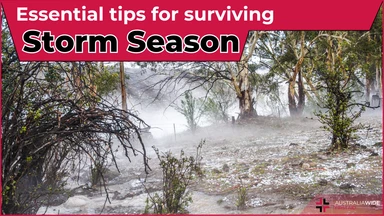Preparing a Bushfire Emergency Survival Kit


According to the Department of Agriculture, Fisheries and Forestry (DAFF), Australia has 125 million hectares of forest, which accounts for approximately 16% of our total land area.
Due to the paring back of traditional bushfire management approaches, Australian forests contain a significant amount of flammable fuel, and so are becoming increasingly prone to bushfires.
As such, many Australians now live in bushfire prone areas, areas that have been, or are likely to be, subject to a bushfire attack due to their proximity to bushfire prone vegetation (according to Bushfire Prone Planning).
You can verify whether you live in a bushfire prone area using the Department of Fire and Emergency Services’ (DFES) map of bushfire prone areas.
If you do live in a bushfire prone area, it is important to be sufficiently prepared for bushfire season – even a little bit of preparation can go a long way in safeguarding your wellbeing and the wellbeing of those around you.
One way you can prepare for bushfire season is by collating an Emergency Survival Kit.
Emergency Survival Kits are intended to contain items that can help shore up your chances of survival in a bushfire or any other natural disaster, regardless of whether you evacuate or stay to actively defend your home.
With that being said, let’s look at the must-have items for your Emergency Survival Kit.
The NSW Rural Fire Service (NSW RFS) recommends you stock your Emergency Survival Kit with the following items:

Having a fully stocked first aid kit on hand will allow you to fasten recovery time, minimise the risk of infection, and even save a life while waiting for formal help in the event of sudden illness or injury.
Below are a few key items to include in your first aid kit:
For a more comprehensive list on what to include in your DIY First Aid Kit, head to our Resource Library.
Portable battery-operated radios allow you to stay up to date with the latest emergency information and evacuation advice, even when the power goes out (as it often does during bushfires).
Bushfires can dispense an immense quantity of smoke and ash into the air and cause the sky to go pitch black. Having a waterproof torch on hand will allow you to navigate around or away from your home, even when the power goes out.
After some bushfires, it can take weeks to restore power to individual properties. Having spare batteries on hand will keep your portable appliances alive while you wait for things to return to ‘normal’.
Pure wool is made from sheep fleece. It is naturally flame resistant and does not melt, drip, or stick to the skin when it burns. It can also help protect against the effects of radiant heat.

Bushfires can disrupt electricity networks and force power outages in several different ways. For instance, fire can damage power poles and other equipment, while heat and smoke can cause substations to overheat.
Having candles and waterproof matches on hand will allow you to navigate around or away from the home, even when the power goes out.
While defending or evacuating your home during a bushfire, you may need to contact emergency services for assistance. Having several different emergency phone numbers on hand will increase your chances of connecting with help, regardless of your situation.
In Australia, the key emergency phone numbers to take note of include:
It is important to note, if there is no mobile coverage on any network, you will not be able to reach the Emergency Call Service via a mobile phone, regardless of which number you dial.
Valuables should include your ID and other important items that cannot be easily replaced, including passports, insurance papers, and important family heirlooms or photographs.
Packing these valuables in a waterproof bag will ensure that they are not damaged while navigating around or away from your home. For instance, during the 2019 bushfires in Victoria, some Mallacoota residents had to flee the oncoming flames via boat.
Before you evacuate your home, you should also add:
Over time and during the general ebb and flow of life, you may remove and misplace items from your Emergency Survival Kit. As such, it is important to conduct regular reviews of your Emergency Survival Kit to ensure that it is bushfire ready.
While reviewing your Emergency Survival Kit, it is also a good idea to pack a P2 mask or cloth (such as a cloth nappy or muslin) for every member of your household. If you get caught in smoke, having a P2 mask or cloth on hand will help filter the smoke and prevent smoke inhalation. Smoke inhalation can inflame the airways and make it difficult to breath.
Likewise, you will need to make special considerations for your pets (if you have any). Make sure that you have a basket, cage, and/or leash on standby to help move your pet/s as seamlessly as possible. You should also pack some of their food, drinking water, and any necessary medications or dietary supplements, as well as a familiar toy or comfort item to help reduce stress.
Finally, you should store your Emergency Survival Kit in a waterproof storage container in an accessible location known by every member of your household. That way, it can be accessed as soon as a bushfire emergency is announced.
For more information on how to collate your own Emergency Survival Kit, check out the NSW RFS Bush Fire Survival Plan.

March 3, 2025
Injuries during cyclones often result from flying debris, collapsing structures, and flooding. Knowing basic first aid can help prevent further harm while waiting for emergency services.

March 3, 2025
If a cyclone makes landfall, meaning that it crosses from the sea onto land while still being strong enough to be classified as a cyclone, the damage it can cause can be disastrous. Preparation is key to minimising the risks associated with cyclones. The damaging weather can last for days, exacerbating risks as hazards intensify.

November 1, 2024
Severe storms are a common and dangerous occurrence in Australia, particularly in regions like Queensland. These storms can bring large hail, damaging winds, heavy rain, and occasionally tornadoes, all of which can put both people and property at risk. Preparing for and responding to severe storms effectively is key to ensuring safety.